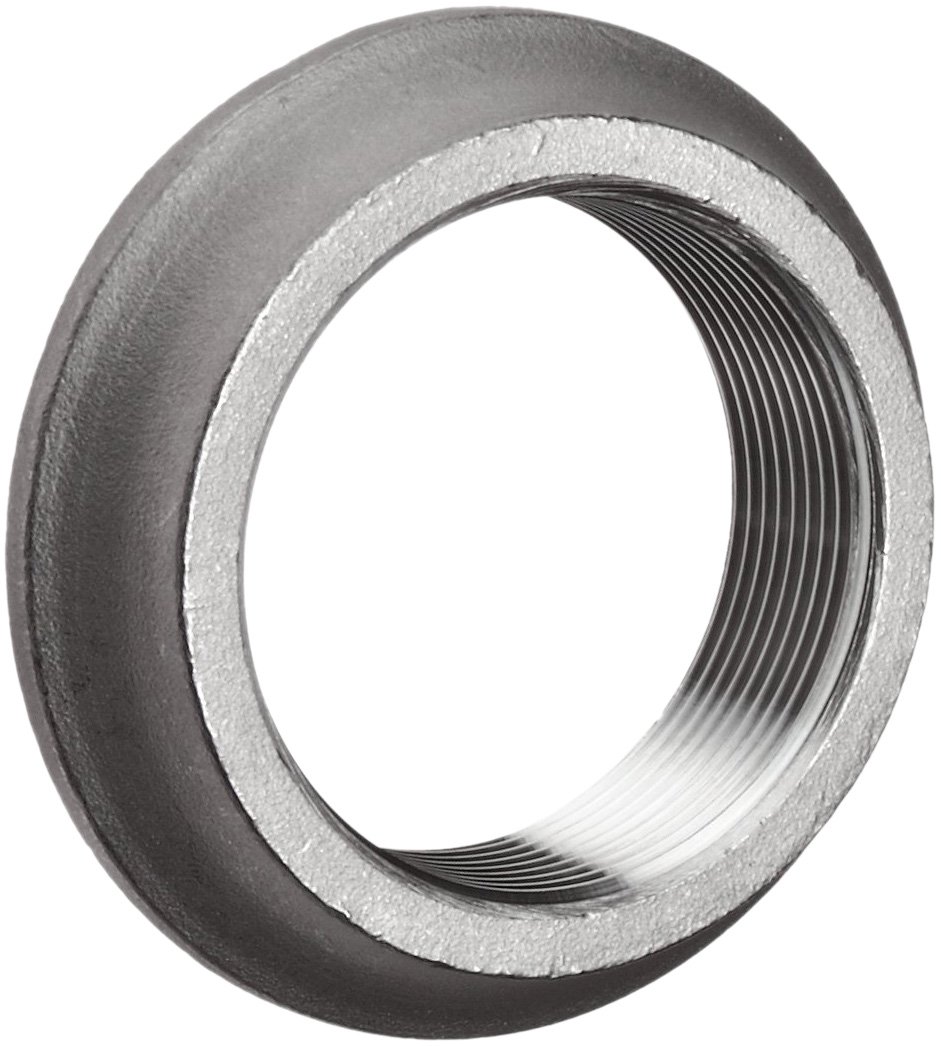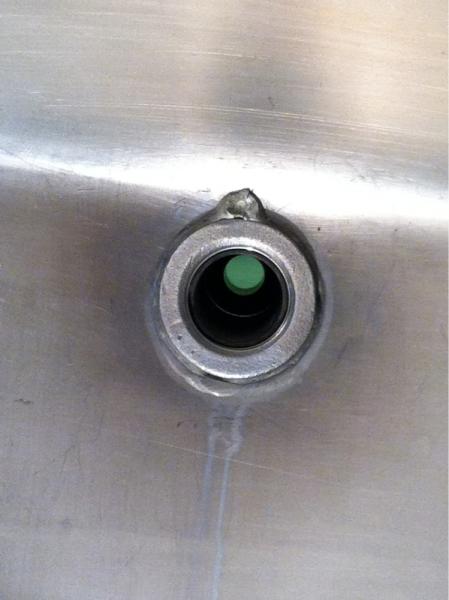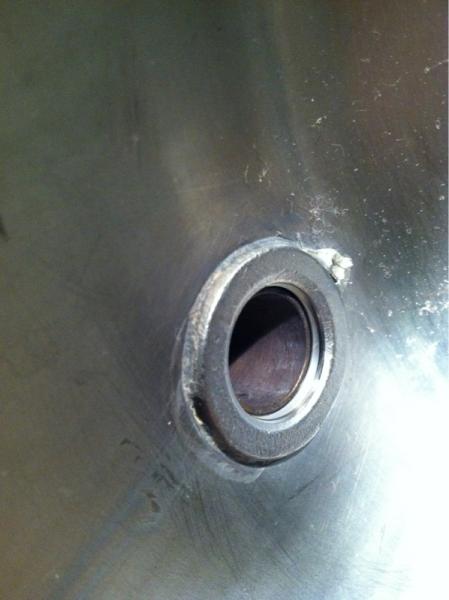Brewing Clamper
Well-Known Member
My electric kettle is currently setup as weldless. The element gets tighten by a 1" nut & o-ring. I'm thinking of having the nut permanently welded on. Should I consider a 1" coupler instead? And where do I find one of those? Thanks guys!










